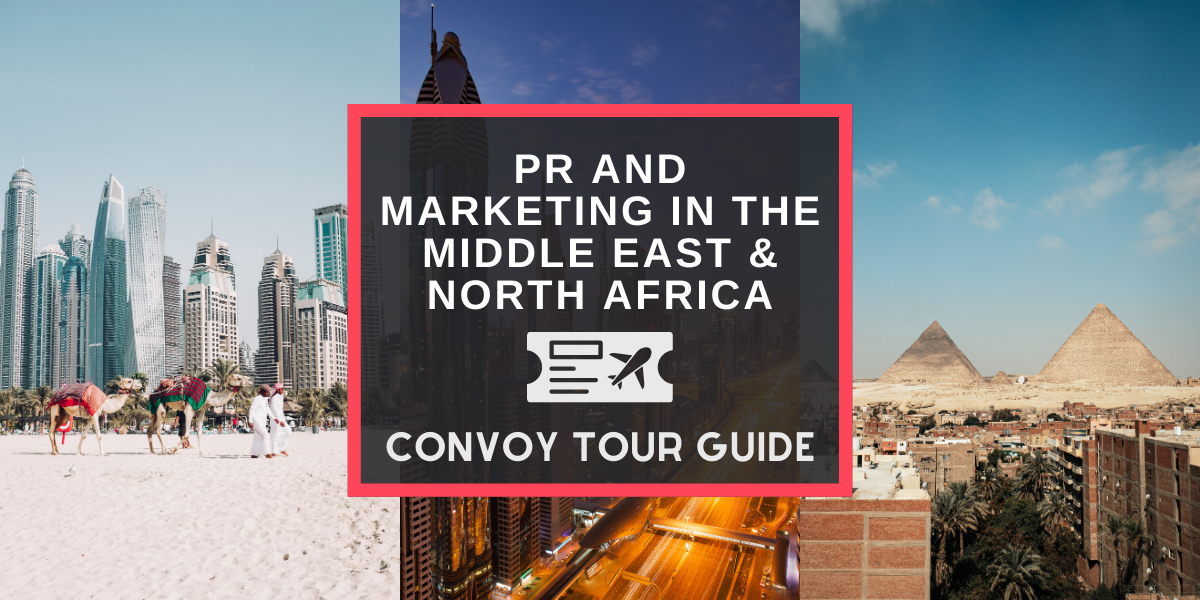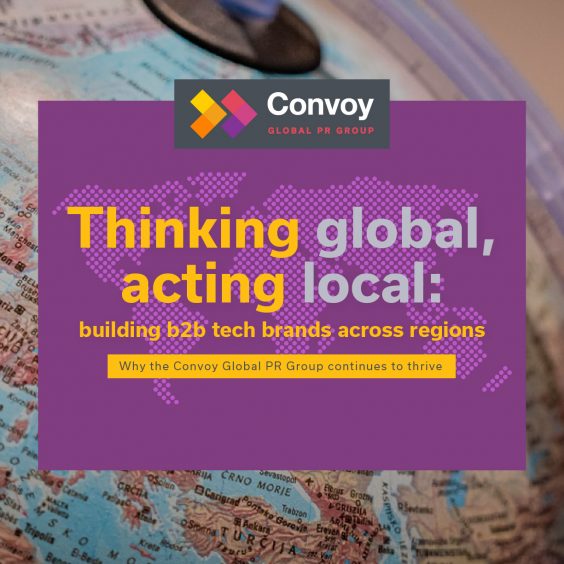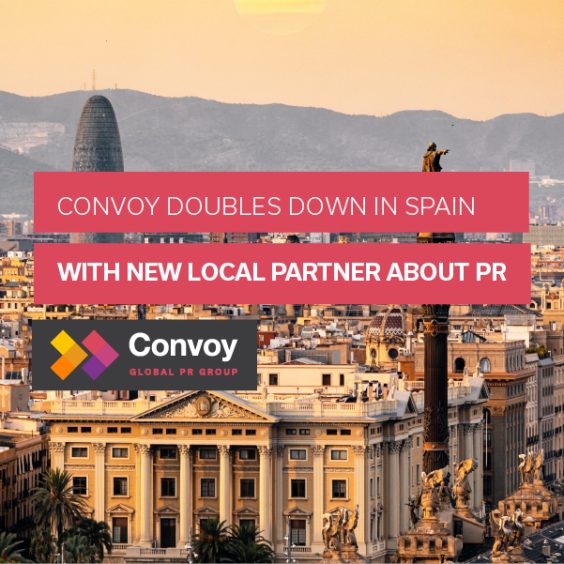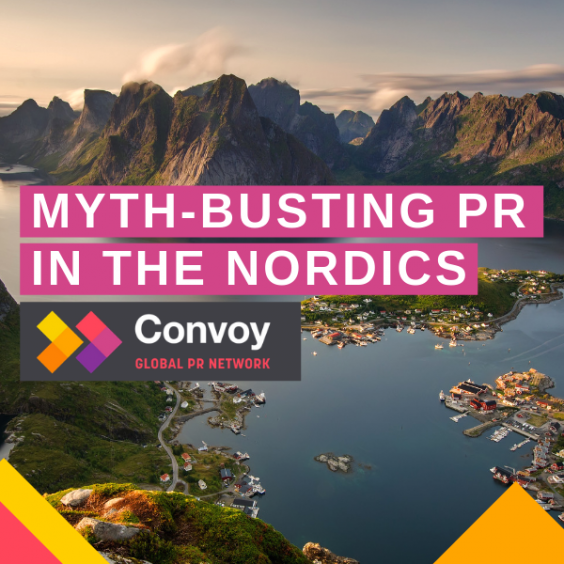Anu Bhatnagar from Dubai-based PR and marketing agency NettResults guides us through the intricacies of the MENA and UAE markets.
First things first: what is the Middle East & North Africa (MENA) region and how is it different from the Gulf Cooperation Council (GCC) region?
The MENA region consists of a heterogeneous group of countries ranging from the high-income oil-exporting countries in the GCC – namely United Arab Emirates (UAE), Qatar, Kuwait, Oman, Kingdom of Saudi Arabia and Bahrain – to lesser developed countries such as Sudan, Yemen and Mauritania.
Turkey is the largest economy in the region followed by Iran, Saudi Arabia and the UAE. Other notable business centres often included are Egypt, Lebanon and Israel.
Where should you target?
The first port of call for most companies looking to expand into the Middle East is the UAE. There are two reasons for this:
- The UAE is one of the easiest and most international markets, with a huge aspirational value.
- The UAE is very welcoming to international businesses.
Often described as the window into the MENA region, the UAE is the easiest market to set up in commercially. However, it can be complex to navigate. That’s why tapping into local expertise is so important.
The UAE is a potentially lucrative, yet demanding, market to enter and build long-term brand awareness, but the effort and investment is definitely worth it.
Why the UAE?
- The UAE ranked first in the region (and fourth globally) in the 2020 Global Entrepreneurship Index (GEI).
- Innovation is a key part of the country’s Vision 2021 initiative. In this year’s edition of the Global Innovation Index (GII), the UAE ranked number one in the Arab World for the fifth consecutive year and climbed to 34th globally in the 2020 edition.
- The UAE was named the most valuable brand in the Middle East, according to Nation Brands’ 2020 report which analyses the brand value of countries.
- Placed number 16 in the World Bank’s Doing Business 2020 report. The UAE has an ease of doing business score of 80.9 out of 100 and is the strongest performer overall in the Middle East and North Africa region.
What do you need to know?
There are five key factors for any brand looking to break into, and succeed, in the UAE and Middle East market to keep in mind.
- Demonstrate your commitment
You have a higher chance of success, especially with media and stakeholders, if you come with a tangible commitment to invest in the region. Invest through talent, employment generation and long-term plans.
An effective way to demonstrate this commitment is to have a spokesperson or senior executive who understands the market, the region and the local relevance of the brand’s products and services. Having this perspective can make a huge difference, especially if you want to drive her/his online presence as a thought leader and a go-to-expert.
- Customise your strategy
While a global strategy can add value in the UAE, the biggest impact will come when you are willing to refine it as per the local markets. Ask yourself how aligned your regional/country business strategy is to the national interests. Then, create a marketing and PR plan that showcases the mutual objectives and your commitment to work in support of the country’s agenda.
Almost all GCC countries have a very well-developed vision, so review this and find common points of interest up front. In the UAE specifically, think about how you can align your marketing and business objectives with a focus on healthcare, innovation, smart governance and AI.
Also, fine tune your adoption of environmental, social and governance (ESG) reporting in relation to the UAE or/and any other GCC countries.
- Adapt to local customs
GCC countries are a study in contradictions, as they blend their traditions and heritage with their global advancements.
The UAE is only 50 years old and the older generations are still very much active in the business environment. The country’s business culture reflects this blend, so new entrant must take the time to understand the local nuances.
Companies have traditionally taken a practical approach to doing business here. Up until just a few years ago, nearly all the major trade exhibitions, conferences and events were held from September-April. The market would then go into a slumber with almost no major events or business activity occurring during the extreme summer months.
This effectively means the business cycle consists of 7-8 months of intense activity followed by four months of calm – a unique business and marketing cycle compared to most other countries.
These local nuances need to be factored in when you set your targets, or plan an event or launch. If you are new to the region, you’ll need to pace yourself and find ways to manage the expectations of management teams stationed elsewhere who might not realise the local realities.
- Don’t rush in
It’s vital that you invest in your PR efforts well in advance. Don’t just spin up a plan at the time you decide to launch. Like all good strategies, PR and marketing in the UAE needs to be built, tried and tested over time.
If the above three points indicate anything, it’s that the region requires a customised strategy. The marketing messages, the tone and the way the message is delivered to the target audience will vary depending on industry you are in. You also may need to invest in bilingual campaigns and identify and train spokespeople in the market landscape before launching.
Having access to a local, established team of advisors could save you a lot of time and effort and stop you from making potentially costly mistakes.
- Avoid these mistakes
We have proved time and again that there are far more effective ways to gain efficient ROI and a much better chance of getting media relationships than the standard approach many brands take. This typically includes:
- Flying down your key management team during a one-off event/exhibition and pushing your local marketing teams to get media coverage.
- Bringing global senior team members on their first trip to the region and aiming to place them in front of media.
- Investing your time, efforts and energy in marketing and PR tools that you think “will always work” without testing them in the local market.
These are all common mistakes that new companies make time and again – and they invariably fail to make an impact. Take the time to develop new approaches and refine your tactics. This is what will help you get better and faster results.
And remember, this is where having access to local exerts will prove invaluable to the success of your brand.
Anu Bhatnagar works for Dubai-based b2b PR and marketing agency NettResults, which specialises in b2b technology, healthcare, lifestyle and financial services. NettResults is part of our global agency network Convoy.




